Paleo Power: Building Muscle Naturally
Introduction to the Paleo Diet
The Paleo diet, often referred to as the “caveman diet,” is based on the notion of consuming foods that our ancestors might have eaten during the Paleolithic era. This diet emphasizes whole, unprocessed foods such as lean meats, fish, fruits, vegetables, nuts, and seeds. By eliminating processed foods, grains, dairy, and legumes, the Paleo diet aims for a nutrition plan that aligns with our genetic makeup, purportedly leading to better health outcomes.
The Paleo Diet and Muscle Building
While the Paleo diet is commonly associated with weight loss and improved health, it can also be a powerful tool for building muscle naturally. The diet’s focus on high-quality protein sources and nutrient-dense foods provides the necessary building blocks for muscle growth and recovery. Let’s explore how adhering to a Paleo lifestyle can enhance your muscle-building efforts.
Protein: The Foundation of Muscle Growth
Protein is essential for muscle repair and growth. The Paleo diet encourages the consumption of high-quality, grass-fed, or wild-caught animal proteins, which are rich in amino acids crucial for muscle synthesis. These include:
– **Lean Meats**: Chicken, turkey, and lean cuts of beef and pork are excellent sources of protein.
– **Fish and Seafood**: Salmon, tuna, and shellfish not only provide protein but also essential omega-3 fatty acids that support muscle recovery.
– **Eggs**: A complete protein source containing all essential amino acids.
By ensuring adequate protein intake, individuals on a Paleo diet can support muscle repair and growth effectively.
Healthy Fats for Muscle Maintenance
Fats are a critical component of the Paleo diet, providing a dense source of energy necessary for intense workouts and muscle maintenance. Healthy fats also play a role in hormone production, including testosterone, which is vital for muscle growth. Key sources include:
– **Nuts and Seeds**: Almonds, walnuts, chia seeds, and flaxseeds are excellent sources of healthy fats.
– **Avocados**: Rich in monounsaturated fats and vitamins that support muscle function.
– **Coconut Oil and Olive Oil**: Provide medium-chain triglycerides (MCTs) and anti-inflammatory properties.
Incorporating these fats into your diet can ensure you have the energy and hormonal balance needed for muscle development.
Carbohydrates: The Fuel for Performance
While the Paleo diet is often considered low-carb, it does not eliminate carbohydrates entirely. Instead, it emphasizes nutrient-dense, unprocessed sources such as:
– **Sweet Potatoes**: A great source of complex carbohydrates and vitamins.
– **Fruits**: Bananas, berries, and apples provide quick-digesting carbs and essential nutrients.
– **Vegetables**: Leafy greens and cruciferous vegetables offer fiber and micronutrients.
Consuming the right amount of carbohydrates will fuel your workouts and aid in muscle recovery, making them an integral part of a muscle-building Paleo diet.
Micronutrients: Supporting Muscle Function
Micronutrients, including vitamins and minerals, play a crucial role in muscle function and overall health. The Paleo diet, rich in fruits and vegetables, ensures ample intake of these essential nutrients:
– **Vitamin C**: Found in citrus fruits and bell peppers, supports collagen production and recovery.
– **Magnesium**: Present in nuts and leafy greens, is vital for muscle contraction and relaxation.
– **Zinc**: Found in shellfish and meat, supports protein synthesis and immune function.
By focusing on a diverse range of whole foods, the Paleo diet provides the necessary micronutrients to optimize muscle health and performance.
Sample Paleo Meal Plan for Muscle Building
Here’s a sample meal plan to illustrate how you can structure your Paleo diet for muscle growth:
**Breakfast**:
– Omelet with spinach, tomatoes, and avocado
– Fresh fruit bowl with mixed berries
**Lunch**:
– Grilled chicken breast with roasted sweet potatoes and steamed broccoli
– A handful of almonds
**Snack**:
– Apple slices with almond butter
**Dinner**:
– Baked salmon with a side of quinoa (technically not Paleo, but often included for its nutritional benefits) and asparagus
– Mixed green salad with olive oil dressing
**Post-Workout**:
– Protein shake with coconut milk and a banana
This meal plan ensures a balanced intake of proteins, healthy fats, and carbohydrates, supporting muscle growth and recovery.
Exercise and the Paleo Diet
While diet is crucial, exercise is equally important for building muscle. A combination of strength training and high-intensity interval training (HIIT) complements the Paleo diet well. Focus on compound movements such as squats, deadlifts, and bench presses to stimulate multiple muscle groups. Incorporating HIIT can enhance cardiovascular health and fat loss, further enhancing muscle definition.
Challenges and Considerations
Adopting a Paleo diet for muscle building comes with challenges. Some individuals may find it difficult to consume enough calories or carbohydrates to support intense training. It is crucial to listen to your body and adjust your diet accordingly. Consulting with a nutritionist or dietitian familiar with the Paleo diet can provide personalized guidance.
Conclusion: Harnessing the Power of Paleo
The Paleo diet offers a natural and effective approach to building muscle by focusing on high-quality proteins, healthy fats, and nutrient-dense carbohydrates. By aligning your diet with evolutionary nutrition principles and combining it with a robust exercise regimen, you can achieve your muscle-building goals. As with any diet, individual needs may vary, so it is essential to tailor the Paleo diet to fit your specific requirements and lifestyle.
Embrace the Paleo power, and embark on a journey to build muscle naturally while enhancing your overall health and well-being.




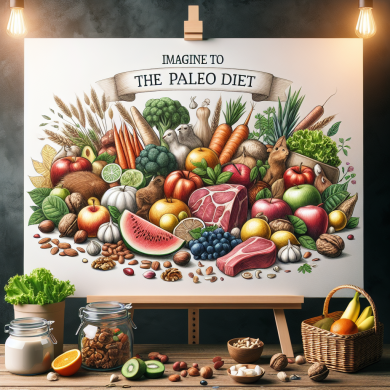

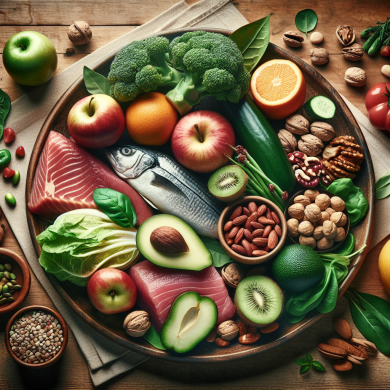
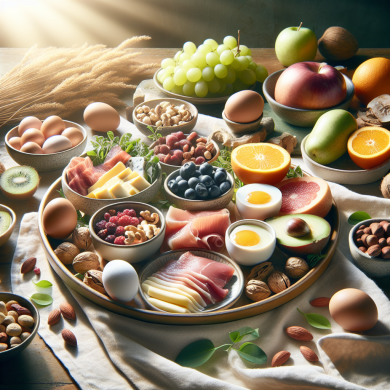
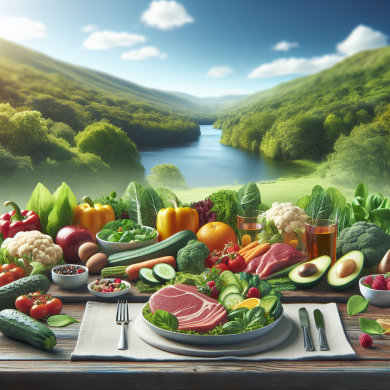
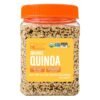

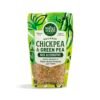



Add comment